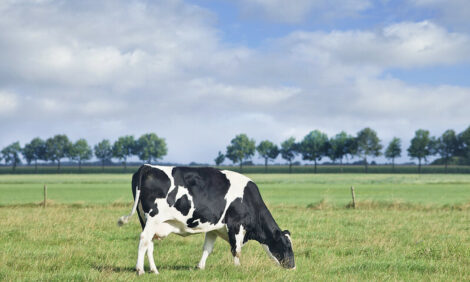



Highlighting The Benefits Of Scale In Irish Dairy Sector
IRELAND - A new study of the International Competitiveness of the Irish Dairy Sector at Farm Level, produced by Teagasc and sponsored by AIB, indicates that Irish dairy farming continues to measure up well against its international competitors in terms of competitiveness. The study, which was launched by the Minister for Agriculture, Food and the Marine, Mr Simon Coveney TD was conducted by the Agricultural Economics Department at Teagasc and the economic consultant Dr. Michael Keane.
Commenting on the report, Teagasc Economist, Dr Fiona Thorne, said that in cash costs terms, on average Irish dairy farming continues to be among the most competitive in the EU. However, when additional costs are factored in to cover the operator’s owned land, labour and capital, the Irish dairy sector’s performance is less impressive. The most significant imputed charge included in total economic costs is for owned land.
At a global level the report found that competitors such as New Zealand continue to have lower production costs than Ireland, but larger Irish farms remain quite competitive in a global context.
The report highlights the value of scale in ensuring that the sector remains competitive internationally. Teagasc economist Trevor Donnellan, one of the authors of the report, said that the end of the quota system may provide the opportunity to increase milk production on smaller Irish farms so that economies of scale can be exploited.
The study looked at milk production in the European Union, New Zealand, the United States and Argentina. When analysed over the 1996 to 2010 period, the analysis indicated that the relative costs of production as a per cent of output value for Irish dairy farms has decreased relative to the average of the other EU 15 countries examined. This is a positive indication for the relative competitive position of the Irish dairy sector over time.
Speaking at the launch of the study, Teagasc Director Professor Gerry Boyle said: ”The key to enhancing our competitive position in dairying is to ensure ongoing public and private investment in research and technology transfer. Substantial benefits in competitiveness can be achieved by improvements in the genetic merit of dairy cows and in grassland management."
TheCattleSite News Desk


